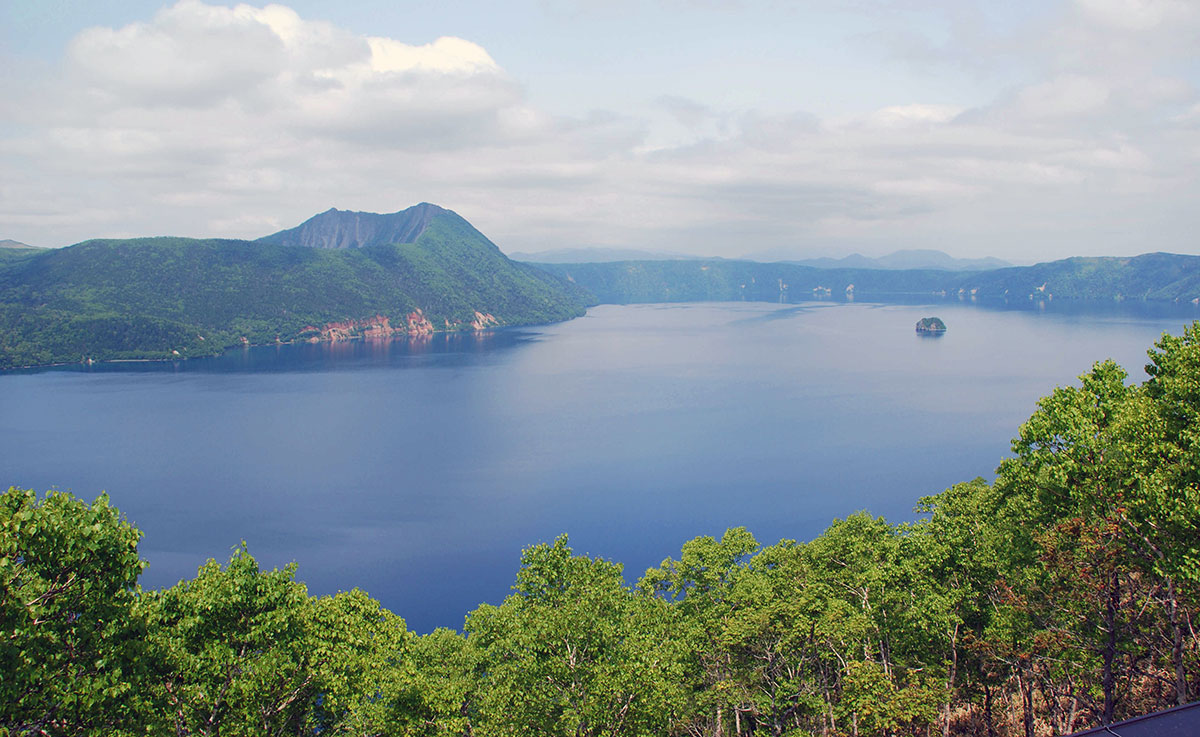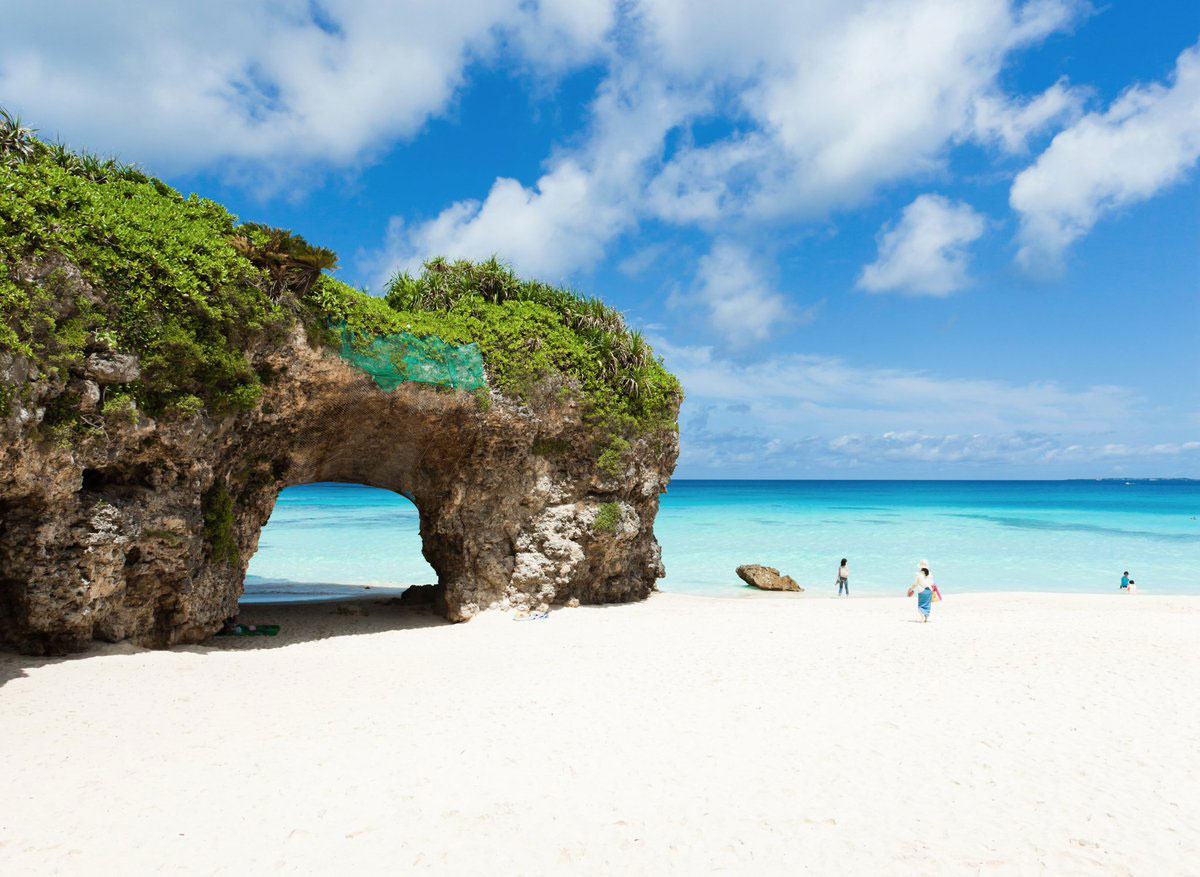
Top 10 Summer places in Japan
Top Ten Japanese Summer Vacation Spots
Beaches, mountains, and lakes are all included in the top 10.
1. Okinawa Prefecture

There’s a lot of interest in Kabira Bay because of its stunning surroundings. It is about a 40-minute drive from Ishigaki, the island’s largest city, in its northwest corner.
3 Michelin stars have been awarded to the area’s natural beauty and breathtaking surroundings. You can see the ocean bottom under your feet as you swim in the crystal clear water. It is possible to see the vibrant coral reefs and tropical fish aboard a boat with a clear bottom. Tourists flock in droves to take this excursion.
2. Kagoshima Prefecture

Beaches at Yurikehama on Yoronjima Island
On the east coast of Kagoshima Prefecture, the beach Yurikehama is situated. One hour before and one hour after low tide is the only time you can see the white sand beach in its entirety.
Hoshisuna, or star-shaped sand grains, may be found in a handful of sand.it said it brings you happiness if you pick up the exact amount of grains that corresponds to your age!
“The beach that pops out of nowhere is so fantastic!”.
Oganeku Coast to the beach may be accessed in 40 minutes by aircraft from Okinawa Naha or 1 hour and 10 minutes from Kagoshima.
3. Hokkaido

The Orofure Pass observatory is located in the Karuru village of Noboribetsu and stands at 930 meters. Lake Toya and Mt. Yotei may both be seen from this vantage point. The sea of clouds may be seen from the observatory on both the Noboribetsu and Sobetsu sides.
Spring through fall are the best times to see the sea of clouds, so plan your trip around mid-May through October. You’ll need to get up early enough to get a glimpse of both the dawn and night sky.
The Noboribetsuhigashi IC is approximately 15 kilometers away, or 30 minutes away by automobile, in central Hokkaido.
4. Yamaguchi prefecture

Yamaguchi Prefecture’s Shimonoseki is home to this little island, which only has a population of 900. To enjoy the pristine waters and pristine beaches, visitors come from all across Shikoku and Kanai.
The 1780-meter-long Tsunoshima Ohashi (bridge) was completed in November 2000 and opened in December of the same year.
5. Nagano Prefecture

Located in Mishakai Pond, with its mirror-like surface, the surrounding trees seem to be reflected in this pond. This is a familiar view it has been in several ads. If you want to see the forest in its purest form, go early in the morning.
In 1933, this pond was built as a reservoir for agricultural reasons. It was finished in 1933. To keep the water pure, germs are fewer since the water is somewhat acidic.
6. Hyogo prefecture

the Sea Firefly may be seen off the Aman shore of Awaji Island. Most people think of fireflies as those that may be found in rivers or mountains. Sea fireflies, on the other hand, measure only 3 millimeters wide. This unusual firefly species evolved due to the calm waves and limited freshwater flow.
These fireflies have a blue light, making them one of a kind. This is due to a chemical compound known as luciferin. It’s quite awe-inspiring to see so many of these beautiful blue creatures. (Available for viewing from April through September. ) An event honoring sea fireflies is held annually at one of Awaji Island’s hotels.
7. Aomori Prefecture

Shirakami-Juniko known as Shirakami has been designated as UNESCO World Heritage Site.
At the bottom of the Shirakami Mountains, there is an area known as Juanico. Natural lakes are surrounded by beech trees on the Sea of Japan side. Because of this, the woodlands have been designated a therapeutic forest center. In Junico, there is a sapphire blue pond that visitors should not miss. From mid-June through the end of summer, you may appreciate the trees’ beautiful green foliage.
are no barriers to keep water out, and you can take in the rich greenery of the surrounding mountains without any obstructions.
8. Gunma prefecture

The Fukiwari Waterfall has been dubbed the “Niagara Falls of Asia” and is a National Monument. Katashinagawa Falls is located about 3 kilometers north of Origami Onsen in Fukiwari Valley and is 30 meters wide and 7 meters high. The water eroded the stone, leaving a V-shaped fissure in it.
The contrast between the green trees and azure sky is stunning in the summer. It is possible to spend the whole day at the waterfall since it generates negative ions that counteract sun exhaustion.
9. Kochi prefecture

The Shimanto River, which has a total length of 196 kilometers, runs through the western section of Kochi Prefecture. For its length, it has been dubbed Japan’s last clean stream. With several tributaries, this river presents various emotions as it winds its way across the landscape.
47 bridges cross the Shimanto River. If a flood arises, the longest bridge downstream will be submerged since it is a low water crossing. Sada Low Water Crossing Bridge is the name of this bridge. Because there
10. Hokkaido

Volcanic activity 7000 years ago created Mashu Lake. It’s a strange lake since the water level never fluctuates even though no rivers flow into it. The lake’s mystery and stunning appearance are enhanced by its distinctive deep blue hue.
The lake will come out of nowhere after traversing a mountain. Cars and ships are not permitted to travel through the surrounding region, which has been designated a protected area. As a result, the observation deck provides a serene setting.
Because no rivers are running in or out of the lake, it is not registered. A puddle is what it seems to be.
That concludes our list of the best places to visit in Japan during the summer. Hope this makes you want to go see these locations for yourself! I’ll see you then.





